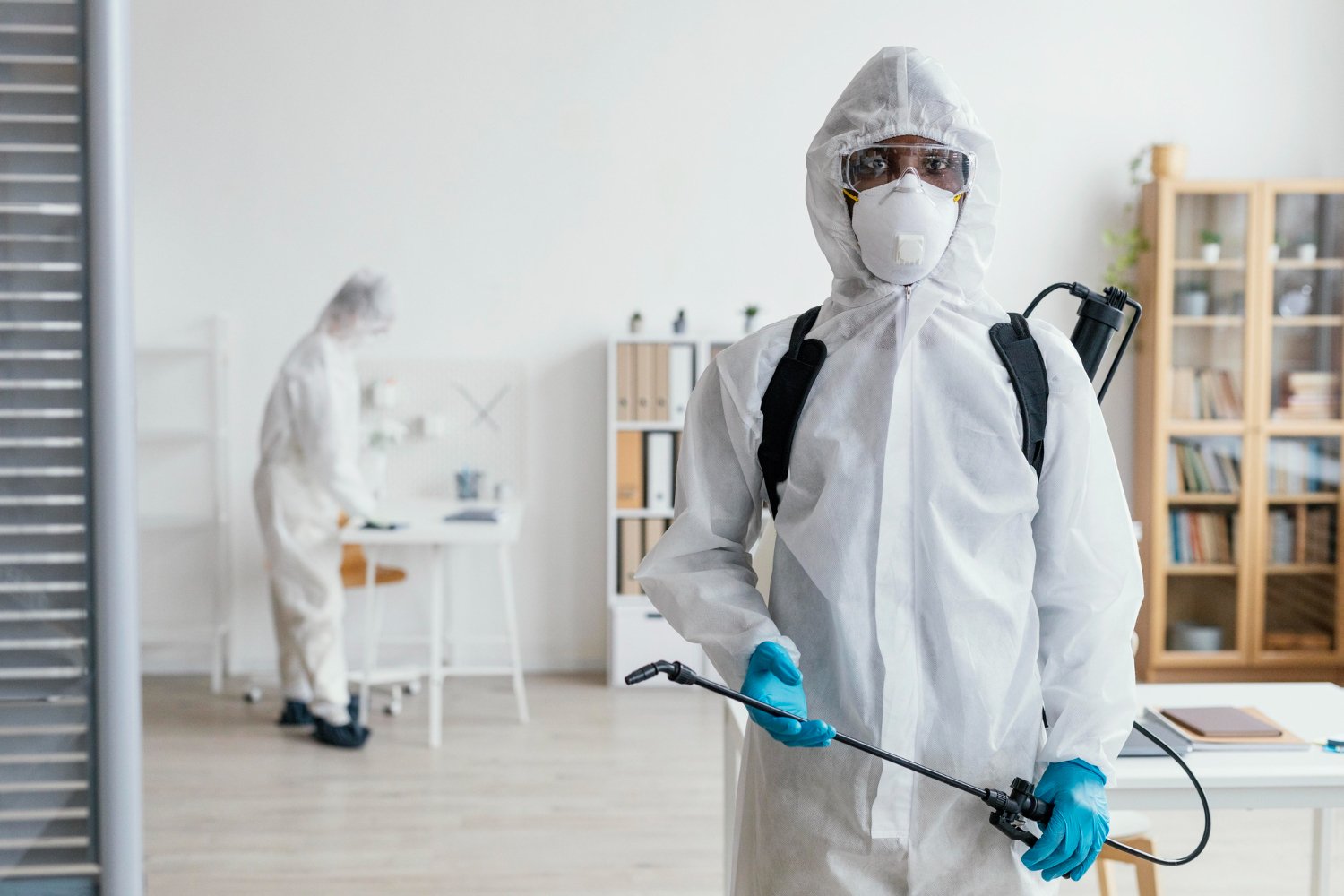Reliable Solutions for Pest Problems from Pest Control Lockhart
Reliable Solutions for Pest Problems from Pest Control Lockhart
Blog Article
Checking Out Invasion and Treatment Approaches in the Globe of Pest Control
The landscape of insect control includes a myriad of obstacles, particularly as invasions of typical house pests continue to develop. By incorporating preventative actions with advanced management methods, such as Integrated Bug Monitoring (IPM), home owners can much better safeguard their environments.

Usual Household Pests
When it concerns managing our space, comprehending typical family parasites is crucial. These pests not only disrupt our convenience yet can additionally pose health threats and damages property. The most widespread house insects include ants, cockroaches, rats, termites, and bed pests.
Ants, commonly seen foraging in kitchen areas, can contaminate food and develop large swarms. Rodents, including computer mice and rats, can cause architectural damage and lug illness like hantavirus and salmonella.
Recognizing the indicators of these insects, such as droppings, nests, or attack marks, is necessary for early treatment (Pest Control Lockhart). Proper hygiene practices, securing entrance factors, and maintaining a clutter-free setting work preventative actions. By determining these usual home parasites and comprehending their actions, house owners can take proactive steps to minimize invasions, making certain a healthier living atmosphere
Comprehending Insect Infestations
Parasite problems can escalate quickly, turning a minor inconvenience into a considerable issue if not attended to without delay. Usual variables adding to problems consist of inadequate hygiene, architectural susceptabilities, and seasonal modifications that drive bugs inside your home.
Determining the kind of insect is vital, as different types exhibit varied behaviors and reproductive prices. For circumstances, rats might establish nests in covert areas while pests like roaches prosper in moist atmospheres. Early detection typically rests on recognizing indicators such as droppings, chomp marks, or unusual sounds, which can show an issue before it becomes extreme.
Ecological conditions also play an essential function in pest spreading. Warm, humid environments can assist in the fast growth of bug populations, while adjustments in landscaping or building and construction can unintentionally create conducive atmospheres. Routine inspections and preventative procedures are critical to minimizing the danger of infestations. An enlightened method to recognizing these dynamics prepares for effective parasite management methods in the future.
Therapy Techniques and Strategies
Reliable therapy techniques and strategies are crucial for reducing pest problems and bring back a risk-free environment. A multifaceted strategy is frequently best, incorporating chemical, biological, and mechanical approaches tailored to the particular parasite and the seriousness of the invasion.
Chemical treatments include the usage of pesticides and herbicides, which can properly remove parasites. Proper application and adherence to safety guidelines are essential to reduce risks to people and non-target organisms. Integrated Insect Administration (IPM) encourages the cautious use of chemicals as a last resource, counting rather on tracking and threshold levels to determine intervention demands.
Organic control approaches include presenting all-natural predators or bloodsuckers to decrease pest populaces. This approach is significantly prominent, particularly in farming settings, as it advertises environmental sustainability.
Mechanical methods, such as traps and obstacles, supply immediate alleviation from insects without presenting chemicals. Choices consist of sticky traps for pests or physical barriers for rats.
Ultimately, the selection of treatment technique should think about the my site specific bug, the environment, and prospective influence on human health and wellness and ecosystems. A balanced mix of these techniques can properly manage problems while advertising long-lasting bug control solutions.
Precautionary Measures for House
Proactively resolving pest problems prior to they rise is important for preserving a healthy and balanced home environment (Pest Control Lockhart). Executing efficient preventative measures can substantially lower the likelihood of infestations, eventually securing both your residential or commercial property and check this wellness

Appropriate landscaping also plays an important function in prevention. Keeping shrubs and trees trimmed away from your home reduces the opportunities of parasites locating their means inside your home. Moreover, make sure that drain systems are functioning efficiently to prevent standing water, which can attract insects and other insects.
Last but not least, regular assessments are recommended. Routinely looking for indicators of insect activity permits early intervention. By taking on these safety nets, home owners can produce an environment that is much less congenial to pests, therefore improving their overall top quality of life and decreasing the demand for substantial pest control treatments.
Commercial Parasite Control Techniques
A thorough technique to commercial bug control is important for organizations aiming to keep a safe and sanitary environment. Efficient strategies include a mix of regular assessments, employee training, and the application of Integrated Pest Administration (IPM) techniques.
Regular examinations enable early discovery of pest activity, permitting for timely intervention. Services should develop a regular timetable for these assessments, focusing on risky areas such as kitchen areas, storage space rooms, and waste disposal websites. Staff member training is equally important; team should be educated on the indications of bug problems and the importance of reporting them promptly.
Applying IPM techniques helps reduce bug problems sustainably. This consists of environment alteration, such as securing access factors and reducing clutter, in addition to utilizing all-natural deterrents prior to turning to chemical therapies.

Additionally, teaming up with a licensed pest control company makes sure accessibility to specialist expertise and innovative therapy alternatives. This collaboration can cause personalized insect control plans tailored to the specific needs of business, decreasing risks and boosting total efficiency. Eventually, an aggressive and educated approach cultivates a pest-free environment, protecting both public health and wellness and business track record.
Conclusion
Finally, effective insect control necessitates a detailed understanding of usual home parasites and their habits, combined with targeted therapy methods. Executing safety nets alongside additional resources therapy approaches such as Integrated Parasite Management and organic control boosts the ability to reduce infestations. Regular evaluations and a mix of chemical and mechanical options even more add to preserving pest-free settings. Eventually, an all-around strategy to pest administration is essential for securing living spaces from undesirable burglars.
Report this page